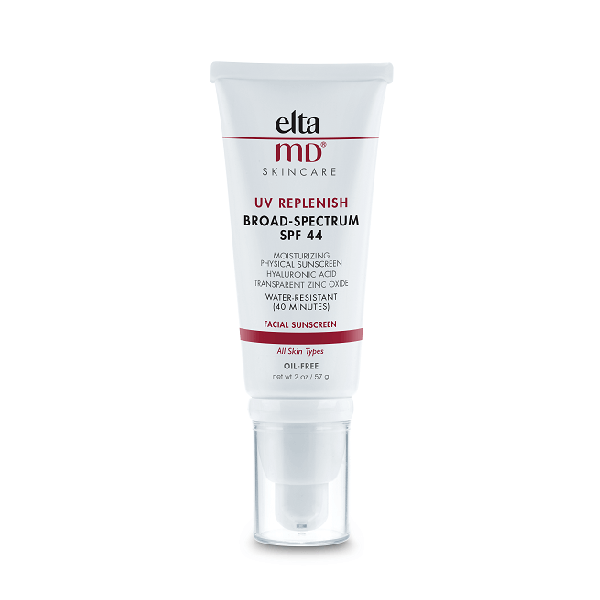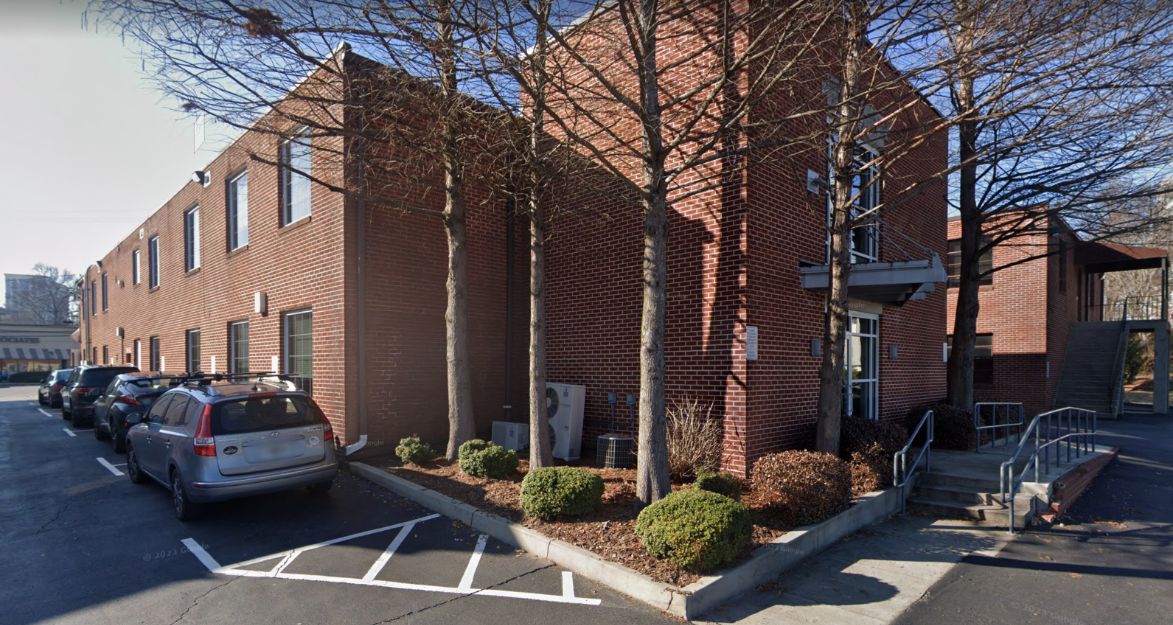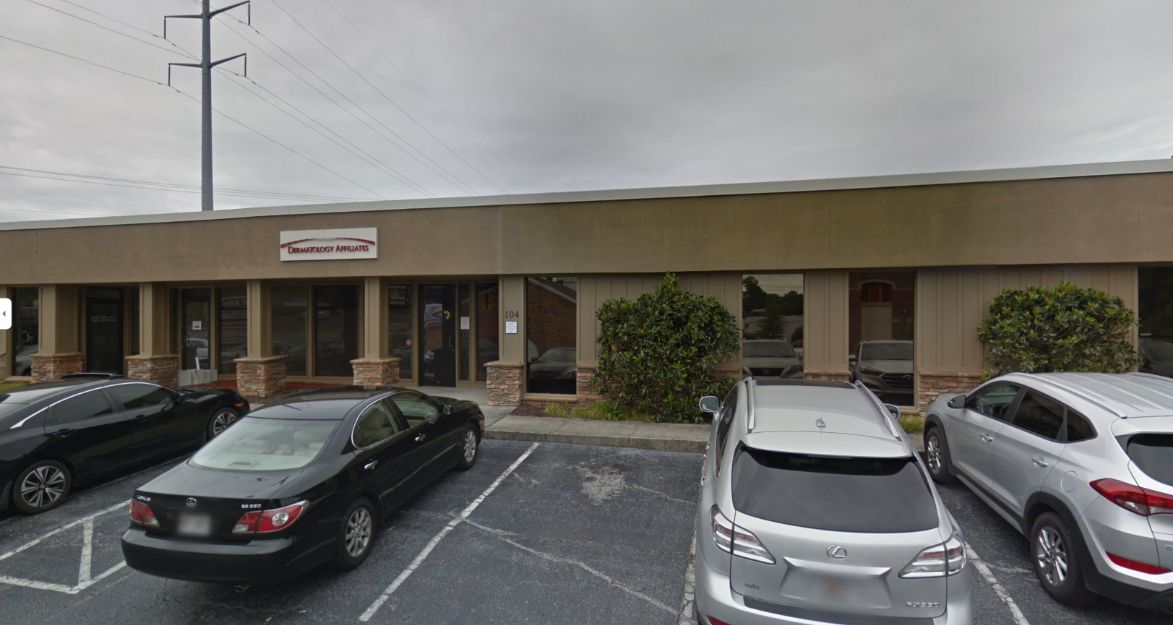Suppressing the Sizzle of Sunburn
What is sunburn and why doesn’t it hurt right away?
 A person will get sunburned from spending time outside without sunscreen and sun-protective clothing.
A person will get sunburned from spending time outside without sunscreen and sun-protective clothing.Sunburn is not like a burn from heat. The injury from sunburn builds in the hours after being exposed to an excess of ultraviolet light made up of UVA tanning rays and UVB burning rays. Thankfully, UVC-mutation-causing rays are absorbed by the ozone layer in the atmosphere.
The UV light does several things to the living cells of the skin.
Changes in the Appearance of Skin & Skin Cancer
Accumulated sun damage and sunburns will lead to skin discoloration, wrinkles, freckles, moles, possible abnormal changes in existing moles, and can even lead to skin cancer. Prevention is the best practice. This includes wearing sun screen, staying out of direct sunlight between the hours of 10 AM and 2 PM, and wearing sun-protective clothing.
Ultraviolet light that causes sunburn and tanning also damages the lenses of the eyes leading to cataracts later in life. Wear UV blocking sunglasses to reduce your exposure.
Suppression of Immune Function
Sun damage goes deeper than just your skin. Too much sun can suppress the immune system enough to activate shingles and fever blisters/herpes.
Direct Cell Damage
Every sunburn will cause the death of millions of skin cells. It is a lot of work for the body to replace all of these skin cells. The loss of this skin cell barrier can open up the door for infection to enter the body.
DNA Damage
UVA light penetrates deeply into the skin and directly blasts apart DNA. DNA does not have nerve endings, therefore, UVA damage does not hurt, but broken DNA has to be repaired.
The problem is that the skin did not know the sunburn was coming so the skin did not make extra DNA repair enzymes ahead of time. This means it takes a long time to repair the damage. Each time the DNA is damaged, some parts will not be repairable. UVA (tanning) light does the most long term damage to our DNA.
Free Radicals
UVB light has higher energy than UVA, but does not penetrate as deeply. UVB is what causes the pain and redness of sunburn. UVB explodes molecules at the surface of the skin creating oxygen free radicals. These free radicals will pull apart one molecule after another until an anti-oxidant stops them. When a person gets a lot of sun, there is a specific smell on the skin – that smell is ozone, which is a free radical and a sign of injury and damage. Pain and redness appear hours after being in the sun, as a result of accumulating damage from oxygen radicals and inflammation. As damage from free radicals accumulates, inflammation, pain and redness will increase.
UVB does one good thing: it turns inactive Vitamin D-2 into active Vitamin D-3. Vitamin D-3 is an anti-oxidant and does help to reduce damage from free radicals. UVA does not activate vitamin D, thus tanning beds which produce only UVA do more damage than natural sun which has both tanning and burning rays. A person does not have to damage their skin to get vitamin D-3, just swallow a D-3 pill, eat salmon, tuna, eggs or cheese.
From our QualDerm Family of Brands: Sunscreen Education
What to Do for A First Degree Burn
Get out of the sun and stay out of the sun. Don’t layer more damage onto sunburned skin.
Get some Aleve or Advil Liquigels, swallow a couple and poke a hole in a couple more, squeeze the Liquigel onto the skin with a bit of water and rub it in. Yes, you should apply the “anti-inflammatory” Aleve/Advil medication to the skin. It will reduce pain and reduce inflammation in the skin, possibly prevent some blistering.
Steroid/Cortisone anti-inflammatory creams also suppress immune function and are second choice for sunburn inflammation.
Anti-inflammatory medications like Aleve/Advil liquigels are best. The concept already exists in an arthritis medication called Voltaren gel which is applied to the skin to reduce joint inflammation. Voltaren is not the best choice for sunburn because it contains alcohol that will cause a different kind of burning to sunburned skin.
Anti-oxidant rich foods like blackberries, raspberries, green tea, mangos are essential. These will help to soak up the oxygen radicals and limit the additional damage the oxygen radicals might cause.
Applying aloe or a hypoallergenic moisturizer helps preserve the skin’s barrier function. Oatmeal baths can sooth the skin and moisturize all over.
What to Do for A Second Degree Burn
Do NOT pop the blisters. As long as the skin is intact infection cannot get in. Once the blisters are broken, you and we have to worry about infection, take measures to prevent it, and likely treat it.
Schedule an appointment with a Dermatology Affiliates provider, because when the blisters break, then infection can and probably will get in. A blistered sunburn of a large area can cause a person to actually become dehydrated by the loss of fluid into the blisters and weeping of fluid from ruptured blisters.
Featured Products

EltaMD UV Replenish SPF 44
UV Replenish Broad-Spectrum SPF 44 is a 100% physical actives sunscreen that restores moisture to dry, stressed skin. Formulated with chemical-free active ingredients, it provides gentle yet effective sun protection. UV Replenish infuses the skin with hyaluronic acid that helps retain more than 1,000 times its weight in water within skin cells. Antioxidant activity further works to combat skin-aging free radicals associated with ultraviolet (UV) and infrared radiation (IR). It offers high-energy visible (HEV) light protection. This oil-free sunscreen feels weightless on the skin. Ideal for daily and active wear, it may be used by all skin types and after treatments as directed by a skin care professional. 2 oz

EltaMD Moisture Seal
EltaMD® Moisture Seal melts on contact and locks in moisture for up to 24 hours. It spreads easily, forming a protective layer over the skin. This intense occlusive moisturizer helps soothe dry, flaky, intact skin after procedures. This waterless, preservative-free formulation is designed for delicate skin resulting from cosmetic or medical treatments. 2.8 fl oz



